Ingredients
 | A bicycle | 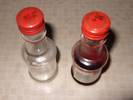 | A small clear plastic bottle that will fit between your spokes |
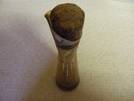 | Salad dressing | 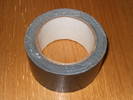 | Tape |
Instructions
First make a small amount of conventional salad dressing - 2/3 oil 1/3 vinegar + a small amount of mustard to act as an emulsifier and stabilise the emulsion.
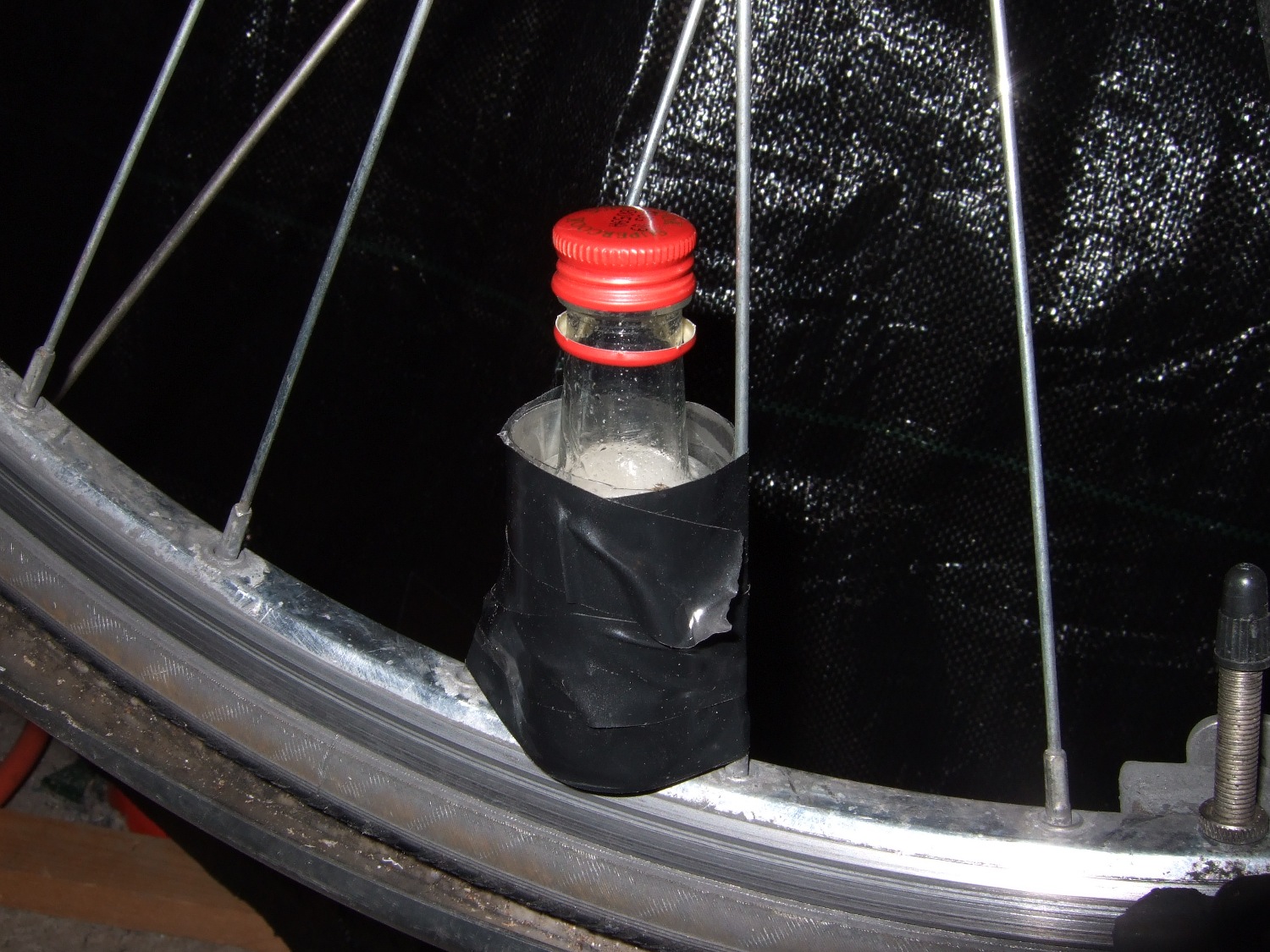 Make a card tube to fit around your small plastic bottle. It needs to be a slightly loose fit.
Make a card tube to fit around your small plastic bottle. It needs to be a slightly loose fit.
Attach the tube to the rear wheel of your bike using lots of tape. Position it between two spokes, sitting against the rim of the wheel. Make sure the tube is very secure.
Turn your bike upside down, and make sure it is stable.
Shake up your salad dressing really well, and split it into two halves. Put half in your small bottle, and half in another one to act as a control.
The bottle will move very fast, so if your tube fails, it could fly off very rapidly. Make sure that no-one is standing in front of or behind the bike. The person winding the pedal should wear goggles.
Put the bottle of salad dressing into the tube and spin the wheel for 10-15 seconds, as fast as you can. Try to stop the wheel with the bottle at the bottom.
Compare the two bottles. Is there any difference between them?
Result
You should find that the contents of bottle that was spun around have separated far more than the one that wasn't spun around.
Explanation
Even sitting in the fridge, salad dressing made from oil and vinegar will eventually separate out. This is because oil and water do not mix, and vinegar is denser than oil, so each cubic cm of vinegar feels a larger force from gravity, than a cubic cm of oil. So vinegar is pulled down harder, and sinks.
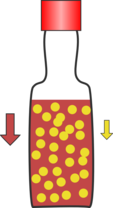 |  |
| A cm3 of vinegar is pulled down by gravity harder than a cm3 of oil, as it is denser. | This means that the vinegar is pulled downwards, and sinks, separating the two liquids. |
The mustard actually acts to stop the oil droplets sticking together and growing. (Large drops float more quickly than small ones). So the mustard, by keeping the droplets small, makes the salad dressing remain a mixture for longer (rather than as two separate layers).
Why does spinning the dressing make it separate faster?
One way of thinking about it is that when you are spinning there is a pseudo-force which appears to throw everything away from the centre of rotation. We call this centrifugal force, which, like gravity, is proportional to something's mass. So dense liquids like vinegar will feel more centrifugal force than less dense ones like oil, which separates them out.
The size of the centrifugal force quadruples every time you double the rate of rotation, and for an adult bike, if you rotate the back wheel about 6 times a second, the forces will be equivalent to about ten times normal gravity.
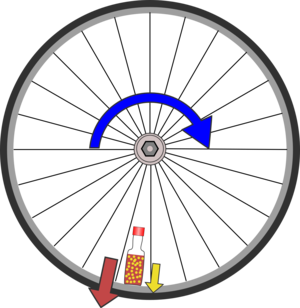 | |
| Centrifugal force acts like gravity ten times stronger than normal, and separates out the dressing very fast. |
What has this got to do with blood and nuclear power?
 |
|---|
| Blood cells are agitated by water molecules moving thermally, so don't normally separate out. |
Some mixtures, called colloids, don't separate out under normal gravity, no matter how long you wait. This is because small vibrations caused by impacts with water molecules are strong enough to keep the colloids mixed. One such colloid is blood - the blood cells are so small that they will never separate out on their own. So when you donate blood, your blood is spun in a centrifuge to separate out the components. The centrifugal force is strong enough to overcome the mixing caused by the collision of water molecules, and the cells sink to the bottom.
Similarly, nuclear power stations work by splitting U-235 atoms - but most uranium is U-238, which is slightly denser. The fuel is enriched in U-235 by spinning uranium hexaflouride gas in a very fast centrifuge and collecting the lightest fractions.









Comments
Add a comment